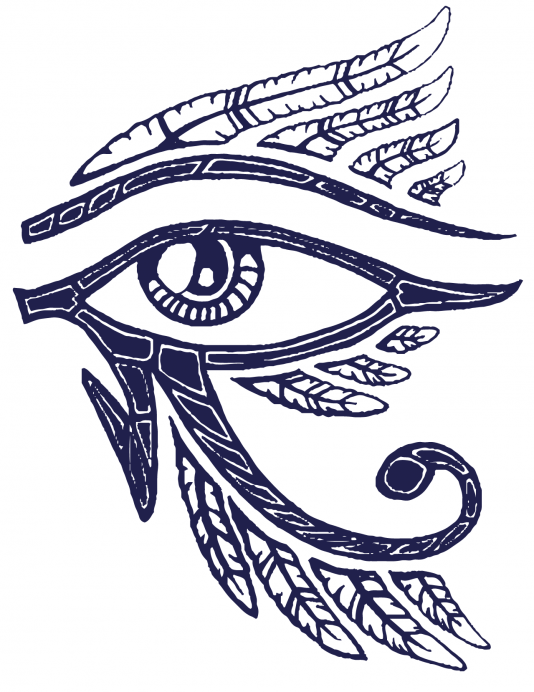



Hibiscus tea has been used in Egypt and Sudan for hundreds of years, where it is called “Karkade.” In ancient Egypt, the tea was served cold and used primarily by Pharaohs to cool off in the desert heat.
Hibiscus tea played an important role in several religious and healing ceremonies in the Nile Valley during this time.
If you drink this as a tea meditation let it help you open your root, sacral and heart chakra, let it help you open honest communication with yourself and others.
In Africa, hibiscus has been used for centuries to regulate body temperature, lower blood pressure, support heart health, and alleviate upper respiratory troubles.
Hibiscus is rich in vitamin C and minerals, and is also revered as a mild tonic.
Hibiscus tea prevents oxidative stress due to its antioxidant properties that fight free radicals that cause damage to DNA and the cells.







